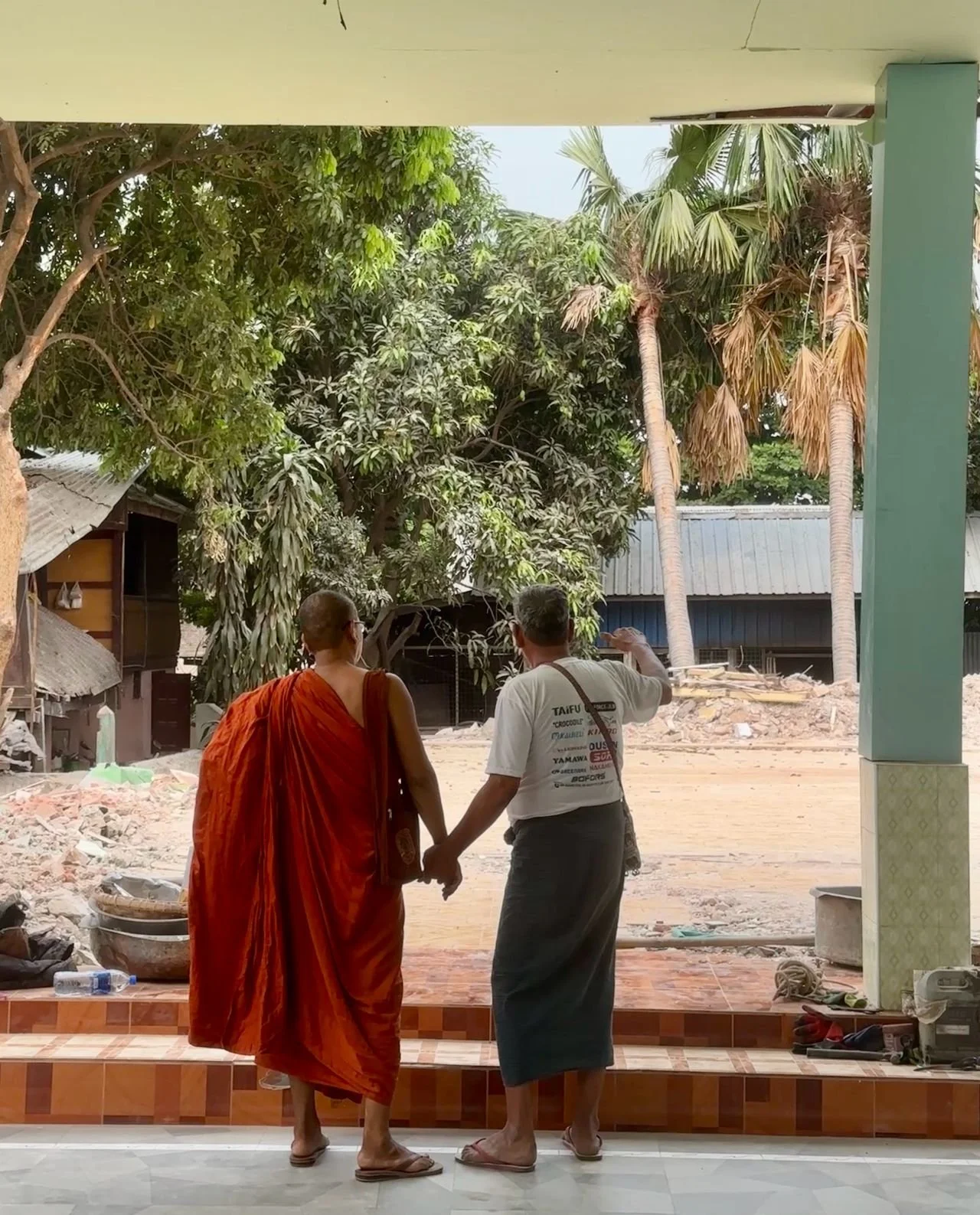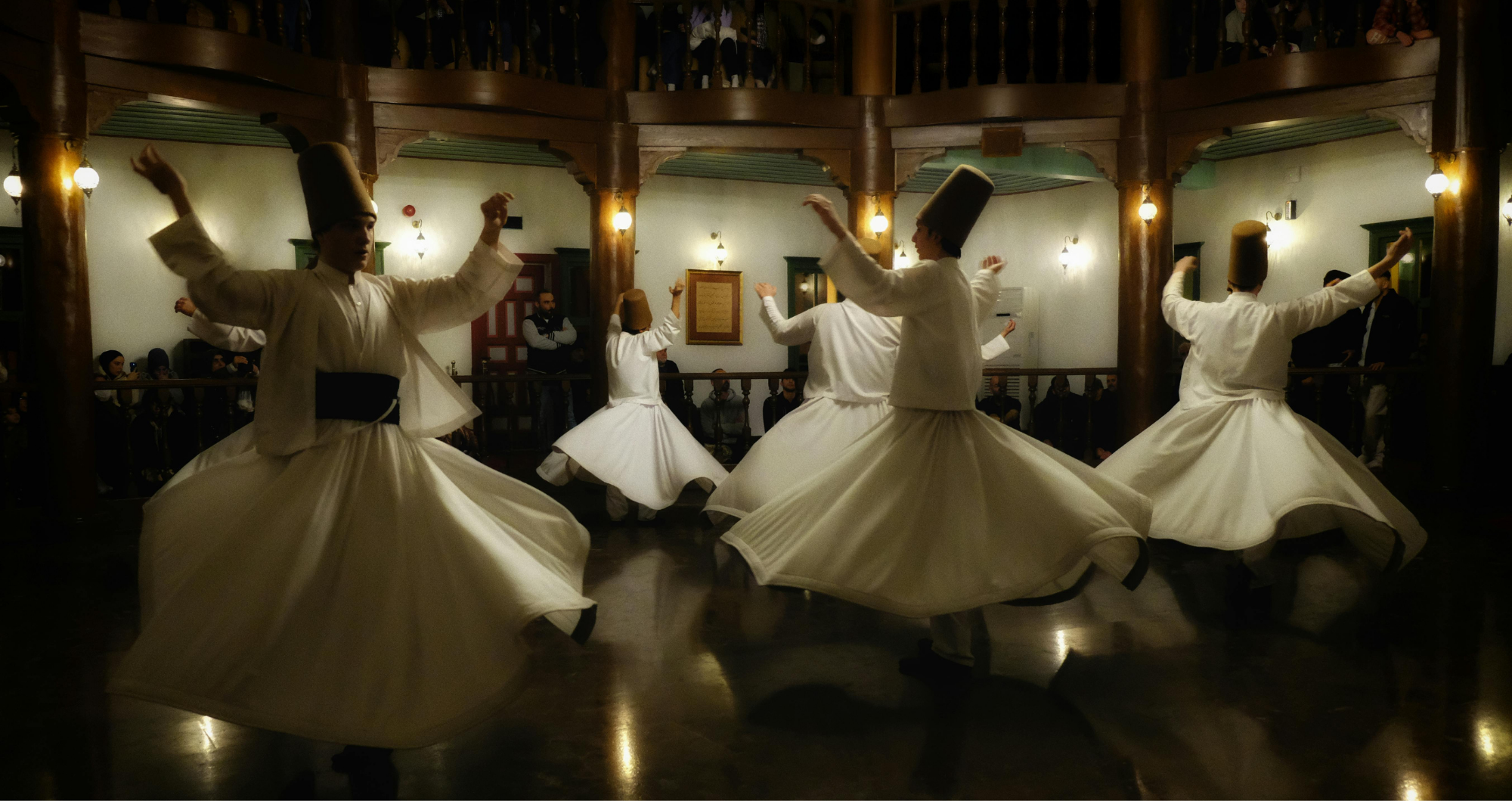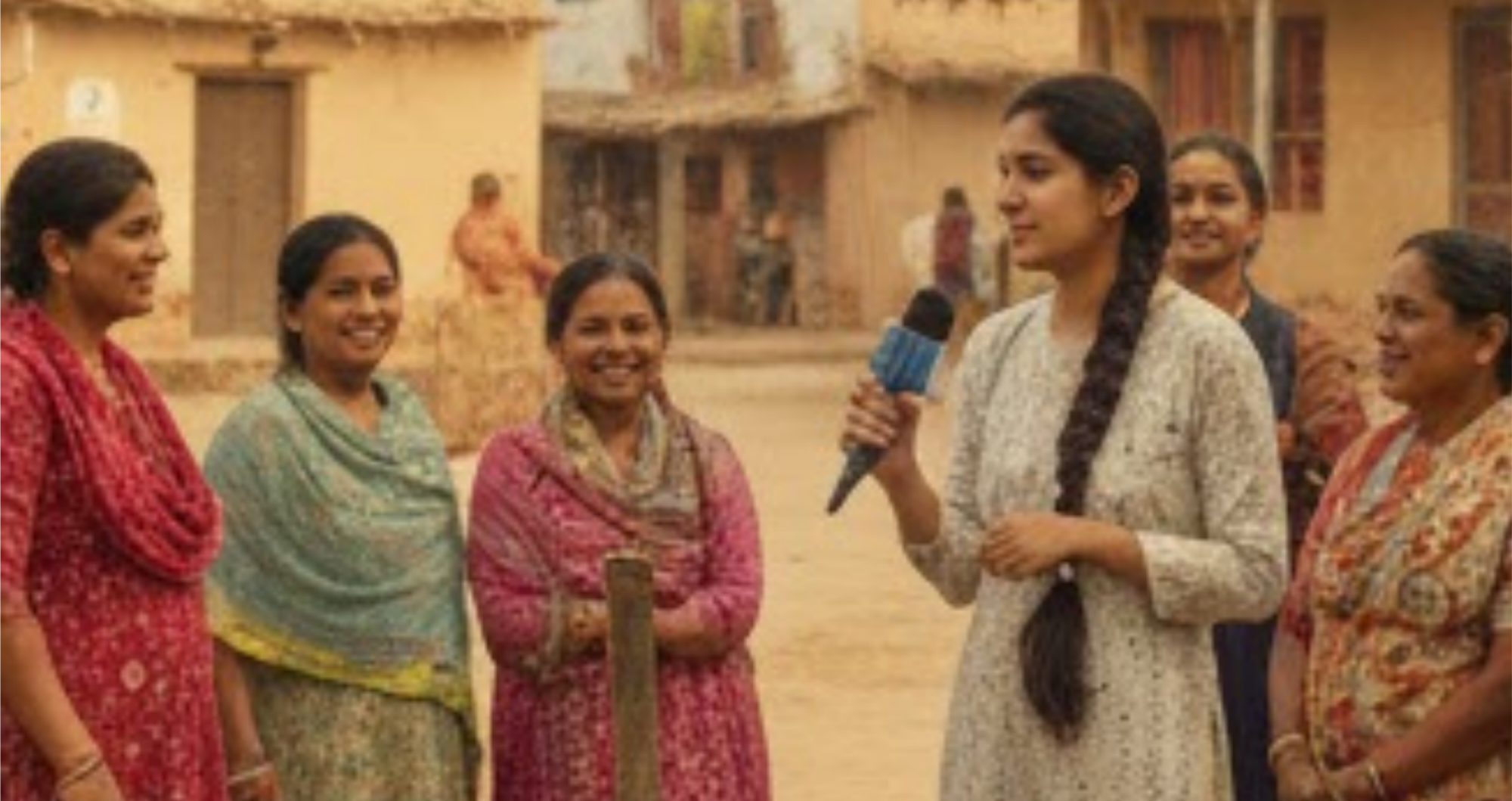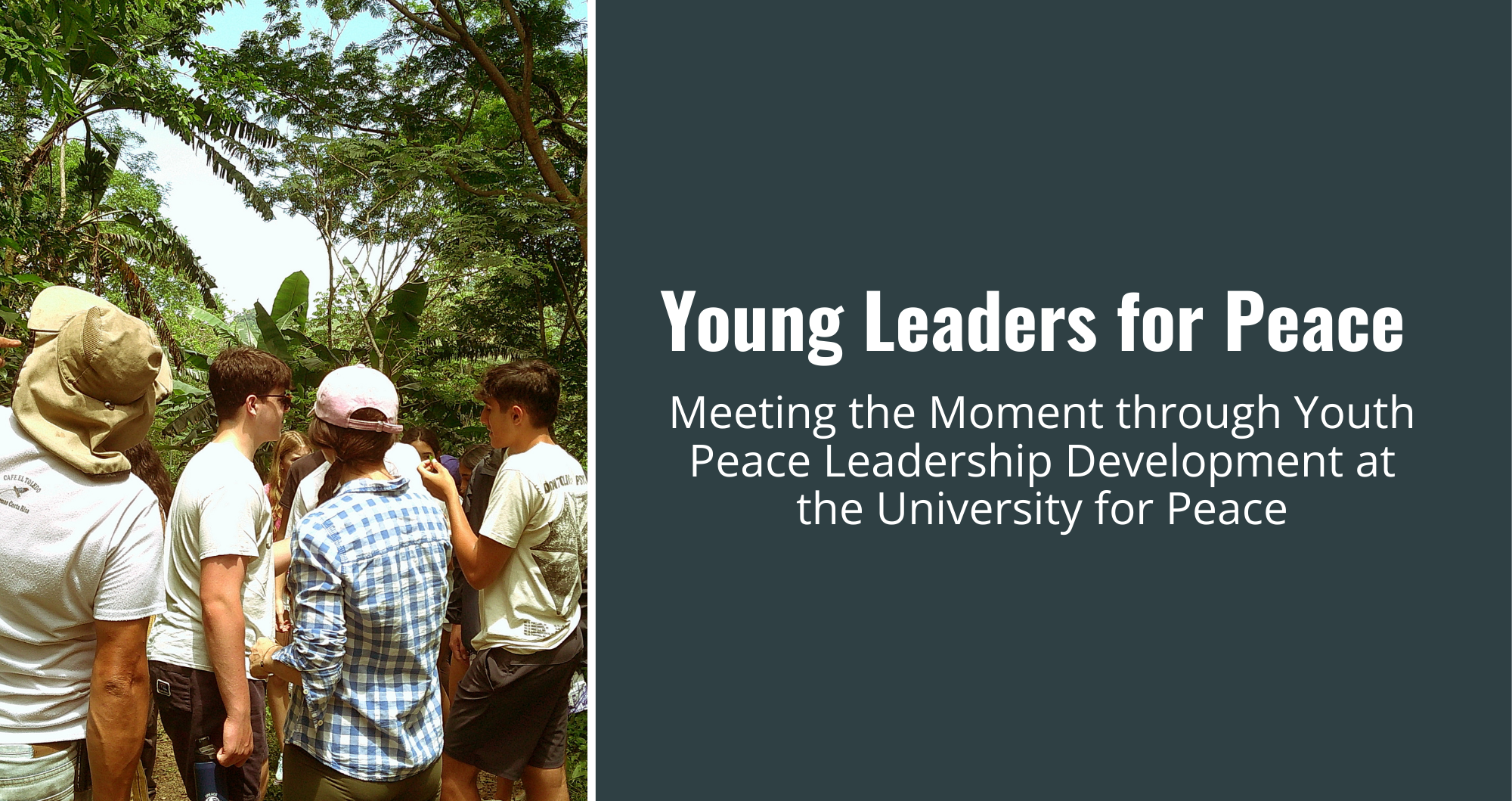Written By Krista Smith, Vail Brokaw, Sasan Korangy, Melissa Wild and Stephanie Knox Steiner
Introducing Young Leaders for Peace
What if all high school students emerged as changemakers equipped to build a more just, peaceful, and sustainable future? Young Leaders for Peace (YLP) imagines exactly that: a world where young people lead with collaboration and peacebuilding at their core. Hosted at the University for Peace (UPEACE) headquarters in San José, Costa Rica, YLP is a transformative two-week summer program designed to cultivate the knowledge, skills, and values youth need to become leaders of peace in their communities and beyond.
Peace Education Reimagined
Too often, education fails to prepare young people to navigate conflict, understand systemic injustice, or imagine alternative futures. YLP addresses this gap by creating a space where youth don’t just learn about peace—they learn to practice it, envision it, and lead others toward it. We believe that peacebuilding is not an abstract ideal, but a tangible, teachable path, and that today’s youth are capable of leading us there.
Co-founded by two teens driven to find solutions to the heated debates they were already witnessing among their parents and their high school peers, they knew something better was possible—they knew that learning how to navigate conflict more constructively was possible, but it would require a shift in mindset.
“We believe that peacebuilding is not an abstract ideal, but a tangible, teachable path, and that today’s youth are capable of leading us there.”
Therein, the question 'What is peace?' became the driving force behind the creation of YLP. How to define peace was not yet in their repertoire. Indeed, it is not for many high schoolers because peace is rarely taught in traditional classroom settings. While often understood as the simple absence of war, or misunderstood as the absence of conflict, the launch of YLP in June 2025 inspired its very first participants to realize peace as so much more: a dynamic state of harmony, understanding, and respect.
Youth Leadership Reimagined
For YLP Co-founders Sasan Korangy and Vail Brokaw, this experience began far earlier than Summer 2025. For nearly a year, they collaborated with the New York City office of University for Peace (UPEACE NY) and UPEACE faculty to mold the curriculum and activities of YLP. They understood that building teen interest and investment in peacebuilding must go beyond traditional methods of learning and lectures—indeed, the typical model of a youth summer leadership experience needed to be reimagined. To meet this moment in history YLP needed to be bold, innovative, and interdisciplinary, and its creation needed to be deeply collaborative. Fortunately, this is precisely the kind of programming that UPEACE does best, and the collaborative and participatory nature of peace education was expressed from the beginning in how the program was co-created and designed, with youth leadership at its heart. The program was not just about youth leadership for peace—it was rooted in youth leadership from its very inception and every step of the way, actively molding a bold new future for peace education, youth leadership and learning alike.
Lessons in Sustainable Agriculture at the UPEACE Greenhouse | Photo taken by Gerardo Romero, UPEACE
Learning Reimagined
The University for Peace was established by the United Nations General Assembly in December 1980 to serve humanity as an institution of higher education for peace. As a graduate institute dedicated primarily to offering master’s and doctoral degree programs, most of its programming is geared towards adult populations. The YLP program was unique relative to UPEACE’s typical offerings in terms of engaging youth.
Against the stunning backdrop of a campus drenched in sunlight and lush life—from lizards and birds to butterflies—peace pedagogy comes alive. For YLP, this looked like two weeks of intensive study and immersion. Youth participated in graduate-level seminar-style workshops from UPEACE faculty and enjoyed campus life in rural El Rodeo de Mora. From reflective forest walks to visits to coffee farms and coastal restoration efforts, participants learned that peace is neither passive nor in isolation. As one young leader later reflected, “This program has really emphasized community and collaboration,” highlighting the participatory learning embedded in the curriculum.
“Through connection, introspection, and intentional action, peace is cultivated. For these young leaders, it became something more than a fixed state but a continuous discipline that must be practiced and renewed.”
Through connection, introspection, and intentional action, peace is cultivated. For these young leaders, it became something more than a fixed state but a continuous discipline that must be practiced and renewed, and something they got to practice every day together within their learning community.
Youth Co-Founder Reflections: Vail and Sasan
The program equipped us with essential skills: nonviolent communication, inclusive leadership, and environmental stewardship. These are the building blocks of resilient communities, stronger human bonds, and solutions to the global challenges of our time. We realized peace is a responsibility, requiring us to lead with empathy and act with purpose in a divided world.
Rather than relying on lectures alone, the program emphasized experiential learning. Workshops on reflection, dialogue, and problem-solving connected theory to practice. Activities like role-playing in conflict resolution and field visits on sustainability showed us that peace leadership is both practical and principled. We saw that the path to peace lies in everyday choices and actions.
“We realized peace is a responsibility, requiring us to lead with empathy and act with purpose in a divided world.”
Costa Rica’s commitment to peace, reflected in its abolition of the military in 1948, offered an inspiring backdrop. The country’s focus on education, healthcare, and sustainability made clear that peace extends beyond human relationships to include our connection with the environment. Through experiences like working in the UPEACE campus greenhouse, we saw that environmental care is fundamental to lasting peace.
Ultimately, YLP was not just an academic course but a transformation. It provided practical tools, lifelong friendships, and a renewed sense of purpose. Most importantly, it reshaped how youth understand peace—not as an end goal, but as a way of life to be practiced daily. As part of a global network of young leaders, we are committed to spreading compassion and understanding in a world that needs both now more than ever.
Conclusions
At the conclusion of the program, youth presented capstone projects that reflected bold visions for change—from launching YLP clubs in their schools to creating media campaigns and introducing composting initiatives. These projects were seeds of a future where young people lead locally and imagine globally. In line with peace education pedagogy and philosophy, the program from the outset was intended to support taking action for peace in their communities, and this will be the true measure of success of the program: how these young leaders for peace implement what they learned at home. With the support of UPEACE NY, this first cohort is already reimagining what’s possible in their communities and taking the first steps toward making it real.
YLP Graduation Ceremony | Photo taken by Gerardo Romero, UPEACE
For the UPEACE organizing team, the program was energizing and invigorating, and faculty were inspired by the motivation and curiosity that the youth brought to their engagement on campus. The hope is for this to be the first cohort of many, and we hope it will also allow for greater engagement with youth in general. Through fundraising efforts at the UPEACE NY office, the hope for future years is to make the program more accessible. While UPEACE’s mission remains serving as an institution of higher education, there is a need to start peace education long before graduate school, and we hope to continue to grow the YLP program, both within the US and globally, so that students at younger ages are able to access peace education earlier.
As one participant said, “Instead of the misconception of youth being the future, I think it all starts with us as young leaders… to learn and then take our education to go teach others and start creating a better future for ourselves.”
Indeed, they have already gotten started.
About UPEACE NY. Peace is a practice—not a destination, not a utopia—and UPEACE NY, in affiliation with the University for Peace established pursuant to the United Nations General Assembly Resolution 35/55, advances this daily commitment by making peacebuilding understandable, accessible, desirable and doable through global advocacy, education, and partnerships.
You can view our YLP testimonial video here.
Learn more about YLP & UPEACE NY on their website.
Issue 03 | Reimagining a New Generation of Peace
-

No Planet, No Peace: Reimagining Peacebuilding through Planetary Stewardship
-

When the Earth Shook, Faith Held Us Together
-

Reimagining Peace through Rumi’s Lenses: A Voyage into Poetic Wisdom, Politics, Diplomacy, and the Transcendental
-

An Alternative Peacebuilding Vision in a Post-Liberal Era
-

Sing My Soul
-

Reimagining a New Generation of Peace with Servant Leadership and Nonviolent Communication
-

Threading the Future: Mentoring the Next Generation of Peacebuilders
-

If We Can Teach AI to Practise Empathy: Nonflict and a Generation of Peacemakers
-

Peace Leader Spotlight | From Grandmother’s Legacy to Global Peacebuilding: Issah Toha Shamsoo
-

Young Leaders for Peace: Meeting the Moment through Youth Peace Leadership Development at the University for Peace
-

Reimagining Peace Through Young Voices in India: Spotlight on Women Journalists and Their Stories
-

Peace Dwelling and Belonging: Stan Amaladas on rethinking what it means to live well with each other
-

Pockets and Peace Design: A collaborative design framework to advance health equity and build peace
-

From Shrinking Spaces to Shared Strategies: Insights from Central Asia on how to build collective action for conflict prevention and peacebuilding
-

From War Memories to Peace Encounters: Constructive Usage of Veteran Experience
-

Call for Submissions | Issue 04



